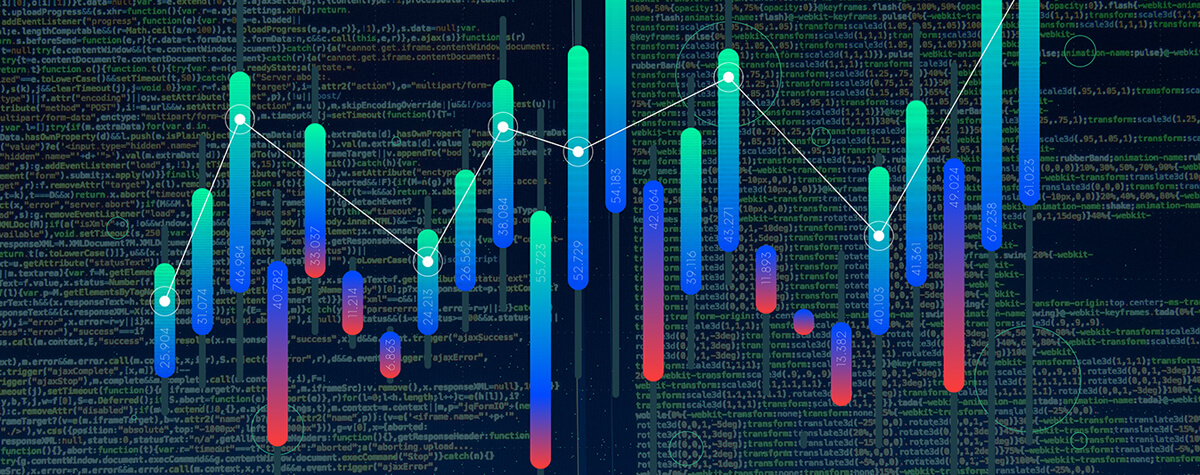
Why Organizations Need SCA On The Radar Now

Why do organizations need SCA? There are many reasons. There’s no doubt reusable components and open-source software have simplified software development, but there’s a price to pay for that convenience: a critical visibility gap so organizations cannot accurately track and summarize the vast amount of software they produce, consume and operate, according to Gartner. With this lack of visibility, software supply chains are vulnerable to security and licensing compliance risks within software components.
Software composition analysis (SCA) can change that. Automated tools can identify and analyze open source software. This lets organizations stay on top of critical tasks like security, license compliance, and code quality to reduce their risk of vulnerabilities.
Given the increased pressure on software developers for faster release cycles, SCA can be a game-changer.
Rezilion has come out with a comprehensive guide to SCA that details what SCA is, the
benefits of using it, how it works with an SBOM, and what to look for in a tool. Here are
some highlights.
Why Use SCA Now
SCA tools can close the visibility gap and help organizations stay in compliance with regulations by running scans on a code base, flagging where vulnerabilities are, and then creating a vulnerability analysis to assess their impact. Then they suggest remediation steps organizations should take.
Many organizations are now starting to create SBOMs to gain a detailed inventory of
their open source software packages. By 2024, Gartner projects that 90% of SCA tools
will be able to generate and verify SBOMs to help securely consume open source
software.
Tracking open source code manually is no longer viable because of the vast amount of components used. When you add to that the growing prevalence of cloud-native applications and more complex applications it makes the case for using robust and dependable SCA tools.
With the increasing use of DevOps methodologies, development speeds are way up and organizations need security tools that can maintain this velocity. This is where automated SCA tools shine.
The Role SCA Plays in Security
SCA tools can also bridge the gap between detection and remediation. Mature SCA tools will include features that prioritize open source vulnerabilities. By automatically flagging the security vulnerabilities that present the biggest risk, organizations can address those priorities first.
This is ideal for developers and security professionals who don’t have to waste their time and resources pouring through pages of alerts trying to determine which vulnerabilities are the most important and potentially missing highly exploitable vulnerabilities still running in a production system.
What To Look For In An SCA Tool
There are a number of features organizations should look for before selecting an SCA
vendor.
Comprehensive database. An SCA database should aggregate from multiple
sources. The more complete the database, the better it will be at identifying open
source components and security vulnerabilities. It will also detect the right
versions of the components being used to update licenses and other updates. This
is also key because the open source community is very decentralized. Because
there is no one centralized source of information on updates or patches, the
database becomes that much more critical.
Addresses risks in non-proprietary components. In addition to open
source code, developers may also use third-party or closed source libraries in a
variety of programming languages and frameworks. This makes it important to
have SCA tools that can scan all the non-proprietary components in an
application.
Broad Language Support. Bear in mind that the SCA tool you select should not
just support the languages you are currently using but any language you might be
considering using in the near future.
Extensive Reporting. Any tool you select should offer a wide range of reporting
features for use cases including management, legal, security, DevOps,
and DevSecOps.
Guidance for developers on how to remediate vulnerabilities and other
risks. Remediation should be simple and seamless. Look for vendors “that augment
recommended fixes with an assessment of the fix’s risk, so that developers know what
to automate and what to investigate further,’’ Forrester advises.
Strong policies. A tool with automated policies that are robust yet flexible and
customizable will let you can define your organization’s own unique needs.
Policies that automate how open source is selected, approved, tracked, and
remediated will not only save developers time but significantly increase their
accuracy and productivity.
With open source becoming a key ingredient in software applications, SCA can help
developers and teams ensure security requirements are met and they stay compliant
with licensing requirements. Read the guide to SCA today.




